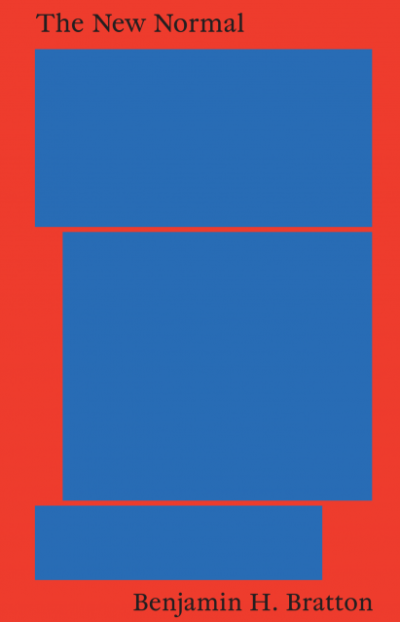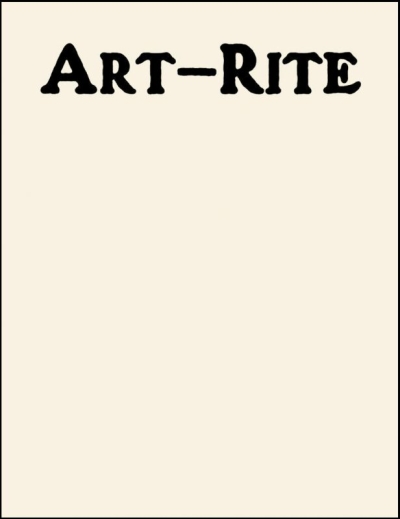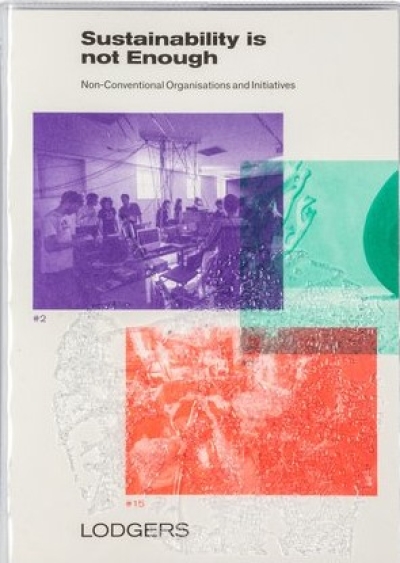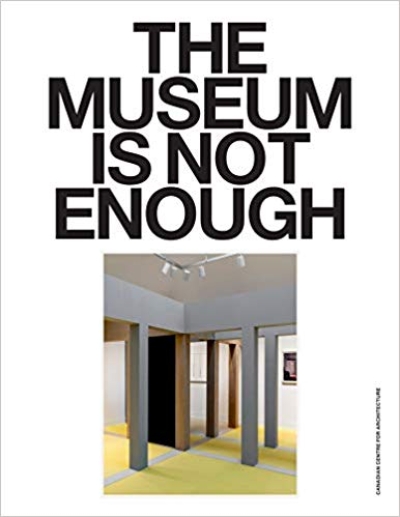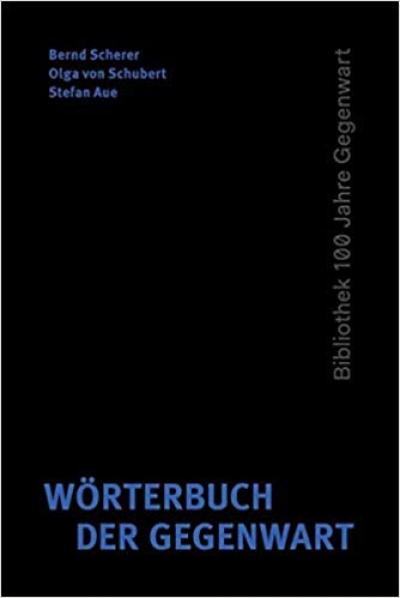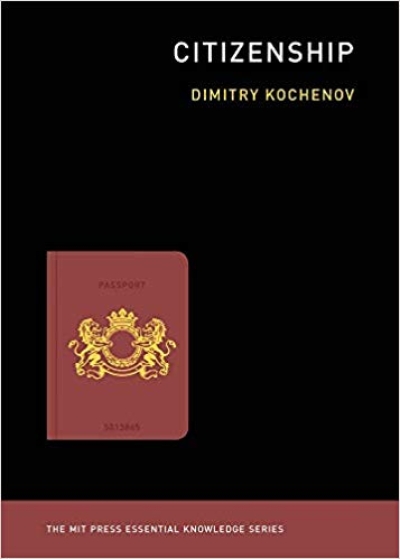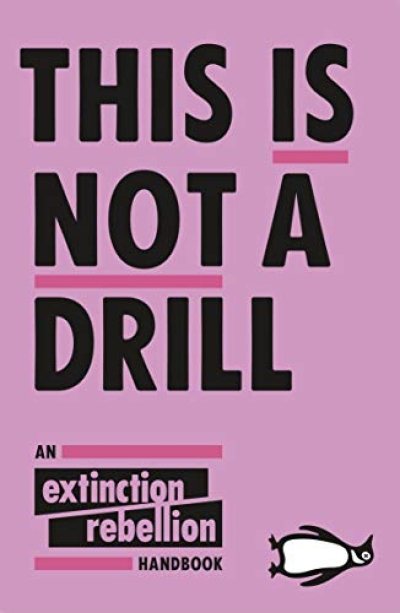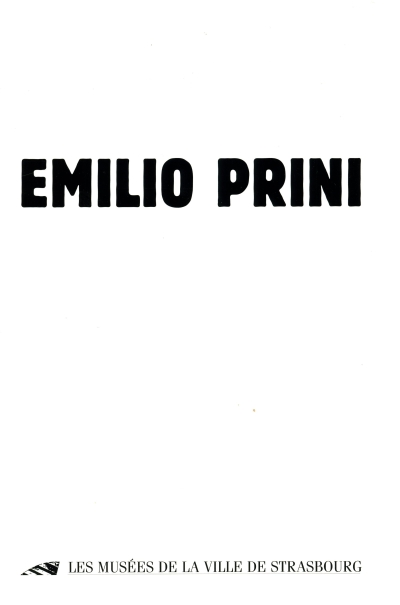
Fermi in Dogana, Ancienne Douane 4.11.1995 - 14.1.1996
Emilio Prini
The ideas of Emilio Prini (b. 1943, Stresa) greatly influenced the art critics of his day. He playfully uses light, photography, sound and written texts to explore the nature of experience and perception, and the relationship between reality and reproduction. In his many photographic works, the camera itself and the processes of photography are the subject of the work.
In one project he took thousands of photographs with a single camera over a period of years, until it wore out. In a similar piece he made an audio-cassette player record its own internal workings until it broke down. His series of Perimeter pieces were simple acts of theatre, intended to make the spectator physically aware of the space and boundaries of the room. For the first of these, made in 1967, neon lights were placed at the corners and centre of the gallery, activated by sound. In another work of the same year, a neon tube, cut to the size of the gallery in which it was shown, was coiled around a large wooden spool. Bent Pole, 1967, curves to fit the width of the room.
Prini is also interested in the infra-structure of the art world and its mechanisms. Five spots of Light on Europe, 1967-8, for example, is a map highlighting key cities in the European art world. In other map works he has marked the location of both real and imaginary projects.
http://www.tate.org.uk/
http://www.springerin.at/dyn/heft_text.php?textid=136&lang=de


